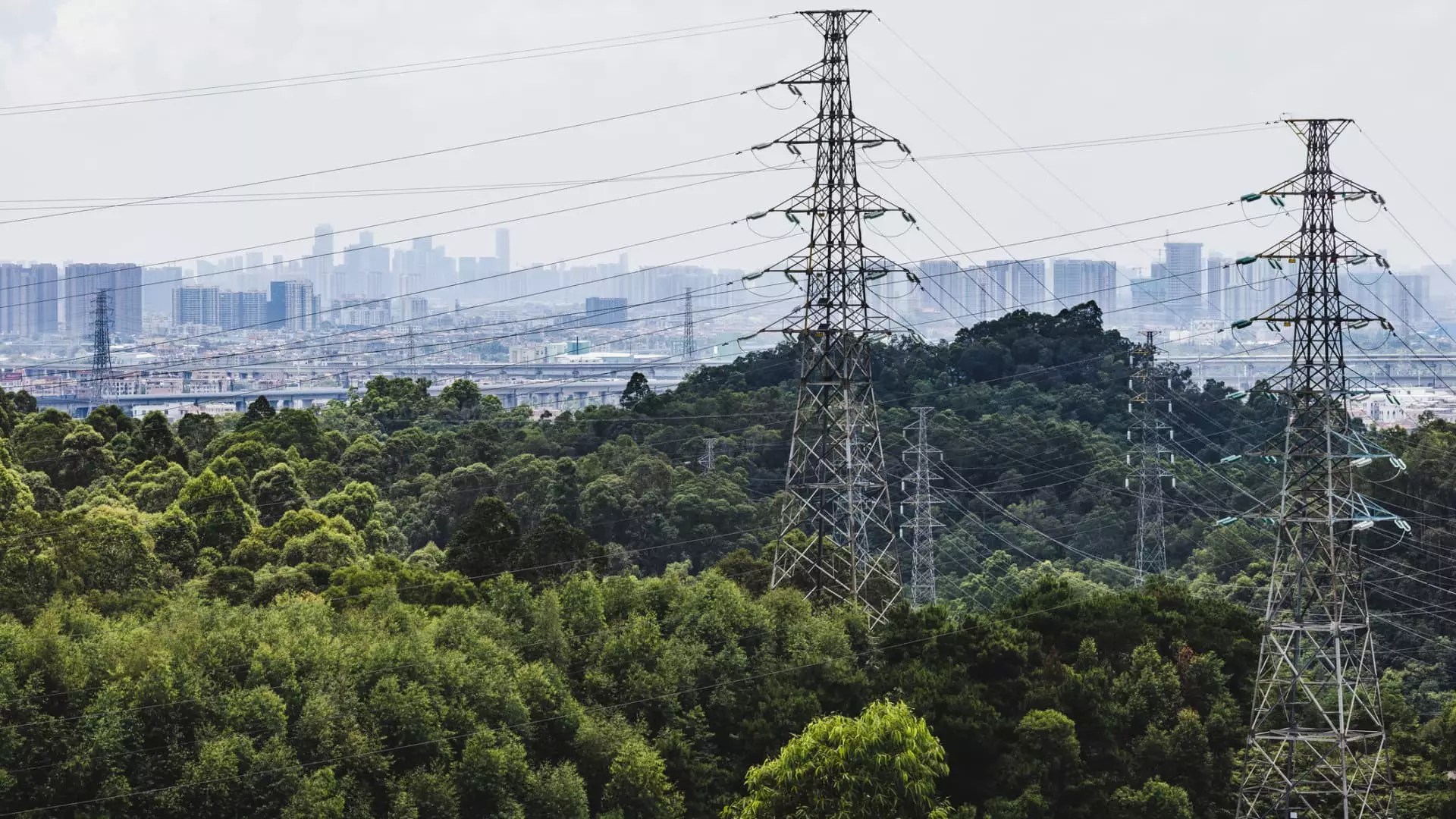U.S. households are grappling with an alarming rise in electricity prices, which have shot up by approximately 4.5% over the last year. This spike occurs even as overall inflation rates begin to stabilize, revealing a grim economic irony. With electricity costs nearly doubling the inflation rate of all goods and services, one cannot help but wonder what this trajectory means for the average American household. The predictions are far from optimistic, as the U.S. Energy Information Administration (EIA) has warned that retail electricity prices will continue to rise disproportionately compared to general inflation through 2026. The underlying issues suggest that we are entering an era of sustained energy unease.
A Basic Economic Dilemma
David Hill, a prominent figure at the Bipartisan Policy Center, succinctly boiled the situation down to a matter of supply and demand. The growing demand for electricity, fueled by a plethora of technological advances and increased electrification, is outpacing our capacity to generate power efficiently. Hill’s assessment emphasizes a fundamental economic principle, yet one that belies a series of troubling realities. The U.S. is facing a moment where the power grid is lagging as homes invest in smart technologies and electric vehicles.
The Unforeseen Drivers of Demand
Electricity consumption patterns are not only shifting; they are skyrocketing. From data centers that consume vast amounts of power to ordinary households increasingly relying on electric vehicles and smart home gadgets, the results are concerning. According to the U.S. Energy Department, electricity consumption by data centers could surge to account for nearly 12% of total U.S. electricity by 2028, up from 4.4% just three years prior. Such statistics underline an uncomfortable trend: the demands of modern life are far outstripping our power generation capabilities.
The term “electrification” often connotes progress and innovation; however, it is also a euphemism for an escalating thirst for energy. Historically, energy efficiency measures have subdued electricity demand growth, but that dynamic is shifting dramatically. As more and more households pivot towards electric technologies, we may be accelerating our energy crisis rather than alleviating it.
The Regional Disparity
Electricity prices are not uniform across the U.S.; they are significantly influenced by geographical factors. While the average American household spent approximately $1,760 on electricity in 2023, this number can vary widely. Regions like the Pacific, Middle Atlantic, and New England, which already experience high costs, are projected to face increases even steeper than the national average. For instance, households in the Pacific region might see prices soar by as much as 26% over the next few years. In stark contrast, households in the West North Central region may enjoy a comparatively moderate increase of about 8%. This regional imbalance raises critical questions about equitable access to energy and the implications for those already struggling economically.
The Aging Infrastructure Crisis
As the demand for electricity continues to climb, our aging infrastructure poses an increasingly formidable obstacle. Michael Cembalest from J.P. Morgan highlights the crisis, noting that many transmission lines are not keeping pace and that equipment like transformers is in dire need of replacement. A reality unfolds where, not only are we challenged by increasing energy demands, but also by the sobering fact that existing infrastructure is old and unfit for modern demands.
Experts have pointed out that delivery times for new equipment have ballooned from weeks to years. Such inefficiencies create a cascading effect of rising costs that impact consumers directly, diverting them further away from an affordable energy future.
Competing with Nature: Climate Policies in Turmoil
Amidst these challenges lies a complex web of climate policies aimed to wean us off fossil fuels. While many of these initiatives are commendable, the pace at which we are moving away from traditional energy sources is triggering its own crisis. The petrol-based fuel system, while not without its flaws, has provided a stable source of energy for decades. The swift transition toward renewable energy and the decommissioning of fossil-fuel plants could exacerbate issues of electricity supply even further.
This delicate dance between environmental responsibility and economic feasibility is one that policymakers must address if we are to secure a stable energy future. The rising electricity prices may well reflect a broader transformation within our economic and environmental frameworks, and without careful planning, we risk falling farther behind.
In essence, the convergence of heightened demand, aging infrastructure, and ongoing transitions in energy sourcing creates a complex and unstable landscape for U.S. electricity prices. As households brace for the anticipated surge—a potential increase of nearly 30%—it is vital for policymakers and leaders to confront these realities before they spiral out of control.

